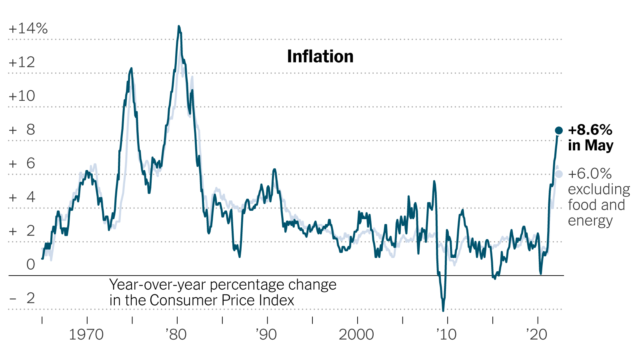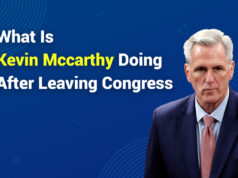U.S. Inflation Shows Slight Increase as Consumer Spending Declines
The latest report on personal consumption expenditures (PCE) has revealed that inflation continues to defy expectations, inching up in May. The Federal Reserve’s favored measure of inflation, the PCE price index, registered a rise of 2.3% compared to the same month last year, an increase from 2.1% in April.
When excluding the often-volatile food and energy sectors, the core PCE index also showed a rise, climbing to 2.7% year-over-year, up from 2.5% the previous month. This persistence of inflation above the Federal Reserve’s 2% target raises concerns about potential economic repercussions, including increased interest rates.
Impact of Tariffs on Inflation
Federal Reserve Chair Jerome Powell expressed concerns regarding the tariffs imposed by the Trump administration, emphasizing that they could provoke further inflationary pressures this summer as the costs of import duties are passed down to consumers. Although the overall inflation rate has risen, the immediate impact of these tariffs appears to be relatively mild so far.
In a recent update, the Commerce Department noted that consumer spending experienced a slight decline of 0.1% last month—marking the first decrease since January. The retreat in expenditures follows an earlier surge as consumers rushed to purchase goods ahead of the tariff implementations, according to economic analysts.
“While the spending numbers fell slightly and came in below expectations, we would not read too much into these numbers as this weakness is probably primarily just payback from the jump in spending earlier this year as consumers tried to buy goods ahead of the tariffs,” stated Greg Wilensky, head of U.S. fixed income and portfolio manager at Janus Henderson.
Declining Incomes and Tariff Effects
The report also indicated a decline in incomes due to a one-time adjustment in Social Security benefits that had previously inflated payments in March and April, particularly affecting retirees who worked in public sectors under the Social Security Fairness Act.
Despite some price increases for specific goods like toys and sporting equipment, the overall impact of the tariffs on inflation has thus far been limited. Price decreases in categories such as new cars, airline tickets, and apartment rentals have balanced the rise in costs.
Current Inflation Statistics
| Category | May 2025 (%) | April 2025 (%) |
|---|---|---|
| Overall PCE Inflation | 2.3 | 2.1 |
| Core PCE Inflation | 2.7 | 2.5 |
| Monthly Inflation Increase | 0.1 | 0.1 |
Despite the minimal inflationary pressures observed now, economists assert that the drop in consumer spending is noteworthy, being the first recorded decrease since the onset of the pandemic. This trend will likely be on the radar for the Federal Reserve as it continues to monitor economic conditions.
As outlined by Chief Economist Carl Weinberg of High Frequency Economics, “For the moment, there is nothing of consequence to worry about on the inflation side of this report. However, the unexpected drop in consumer spending is something to think about.”














